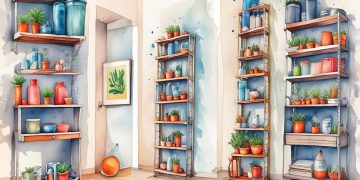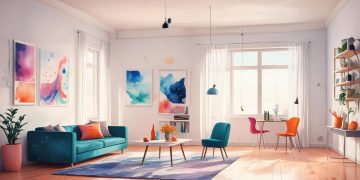Natural light is crucial in minimalist spaces, enhancing aesthetics, reducing energy costs, and boosting mood. Its strategic integration fosters functionality, improving spatial perception and well-being. By maximizing daylight, minimalist design cultivates inviting environments that promote health, productivity, and a harmonious living experience.









